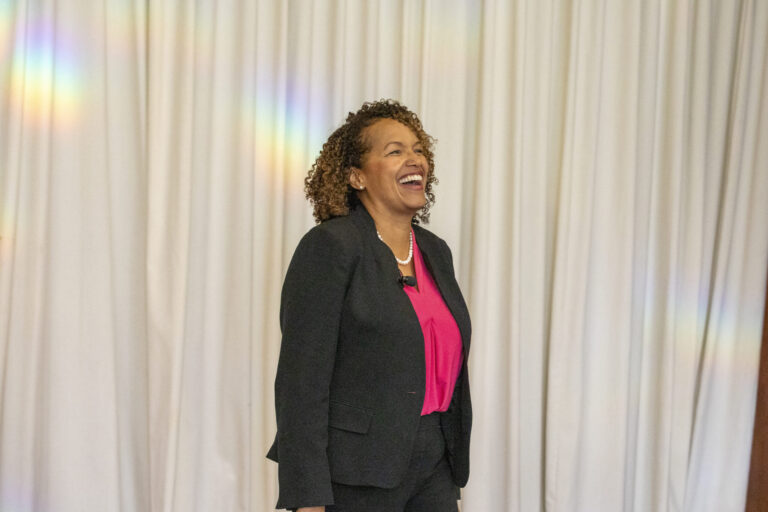
Where is the Representation?
At one of my recent speaking engagements, I walked off stage and was approached by five individuals thanking me for representing people of color. It resonated with me so deeply that they felt empowered to come forth and admit how great it was to see somebody that looked like them and establish that connection. This is our opportunity as organizational leaders and professionals to provide recognition and understanding on how much representation really makes an impact on a large or small scale.
But how does this look to those who are viewing this representation on the other end? When those five audience members approached me, they were beaming with the feeling of belonging. That’s the feeling you want your employees to feel as they walk the halls where your senior leaders are housed too. Everyone should feel welcomed and represented as an equal part of something bigger than themselves. So when they attend events or meetings, virtually or in person, they can look to those leaders and think, “Finally, someone who looks like me! Maybe, I can reach that place sometime in the future too! Especially when they’re in a room full of people who are the exact opposite.
As we are in the middle of Black History Month, I want you to think of this time as an opportunity to grow your bench of talent in positions that have more exposure. By doing so, you will create a sense of belonging for team members who are watching from afar and wondering if they are welcome in more elevated roles. Additionally, as you hire and promote more diverse team members into key roles, It allows others to strive for better, like a beacon of hope.
Like the attendees at my event, your employees will soon become pillars of confidence. When your organization creates space for the underrepresented, you uncover the possibility of a proper chance of being seen. It provides courage to go for that promotion or become a leader in their department, all because they were inspired to go beyond what they thought was possible for them.
When employees from marginalized groups see diversity at the head of a meeting, or on stage at an event, the message that’s shared resonates more because they’re hearing it from someone who automatically created a sense of trust for them. Remember, creating a diverse and inclusive culture is a journey, not a destination. Your focus should be on continuous improvement rather than perfection. Commit to increasing representation, and you will increase both engagement and retention for underrepresented employees!